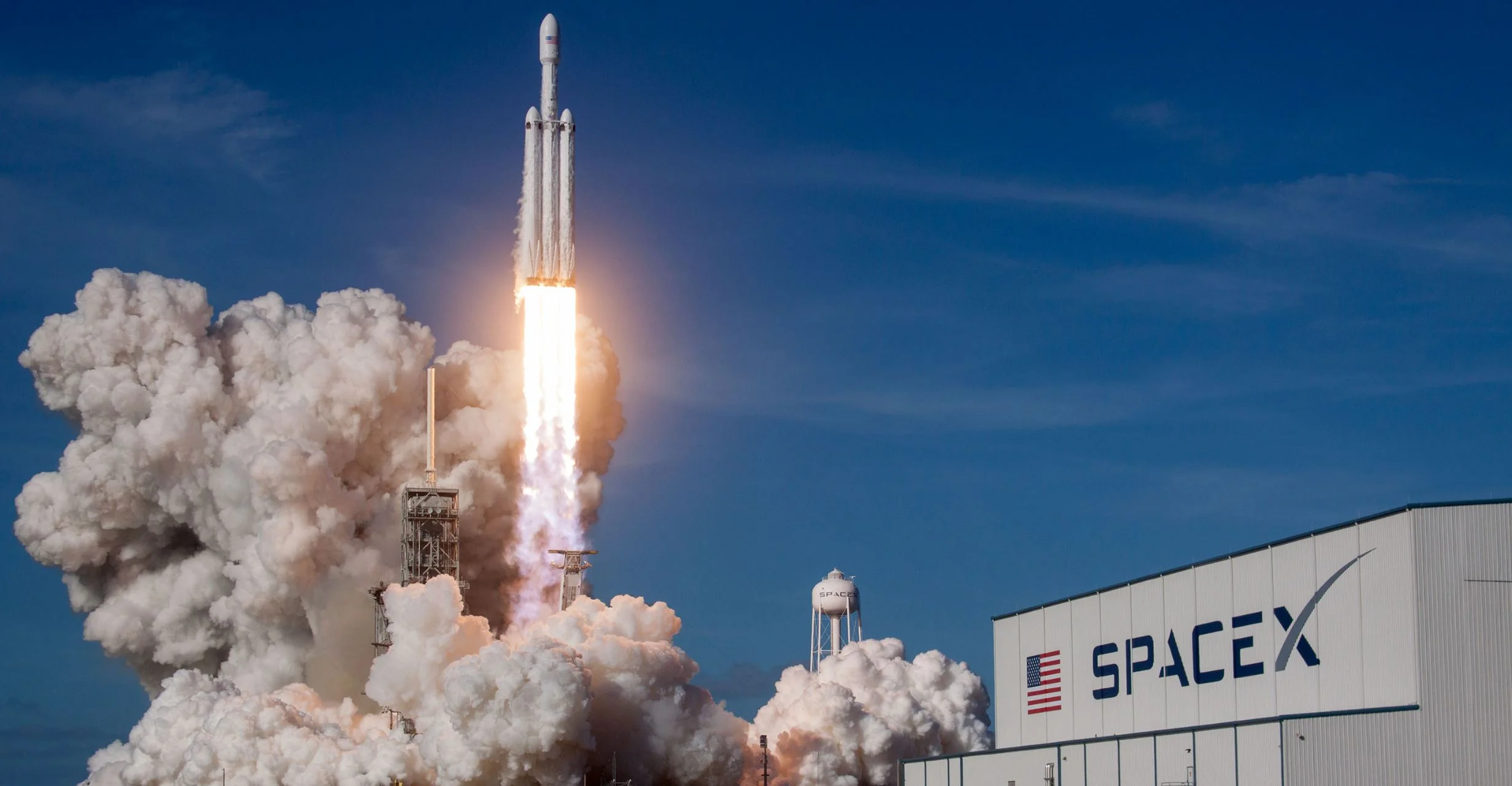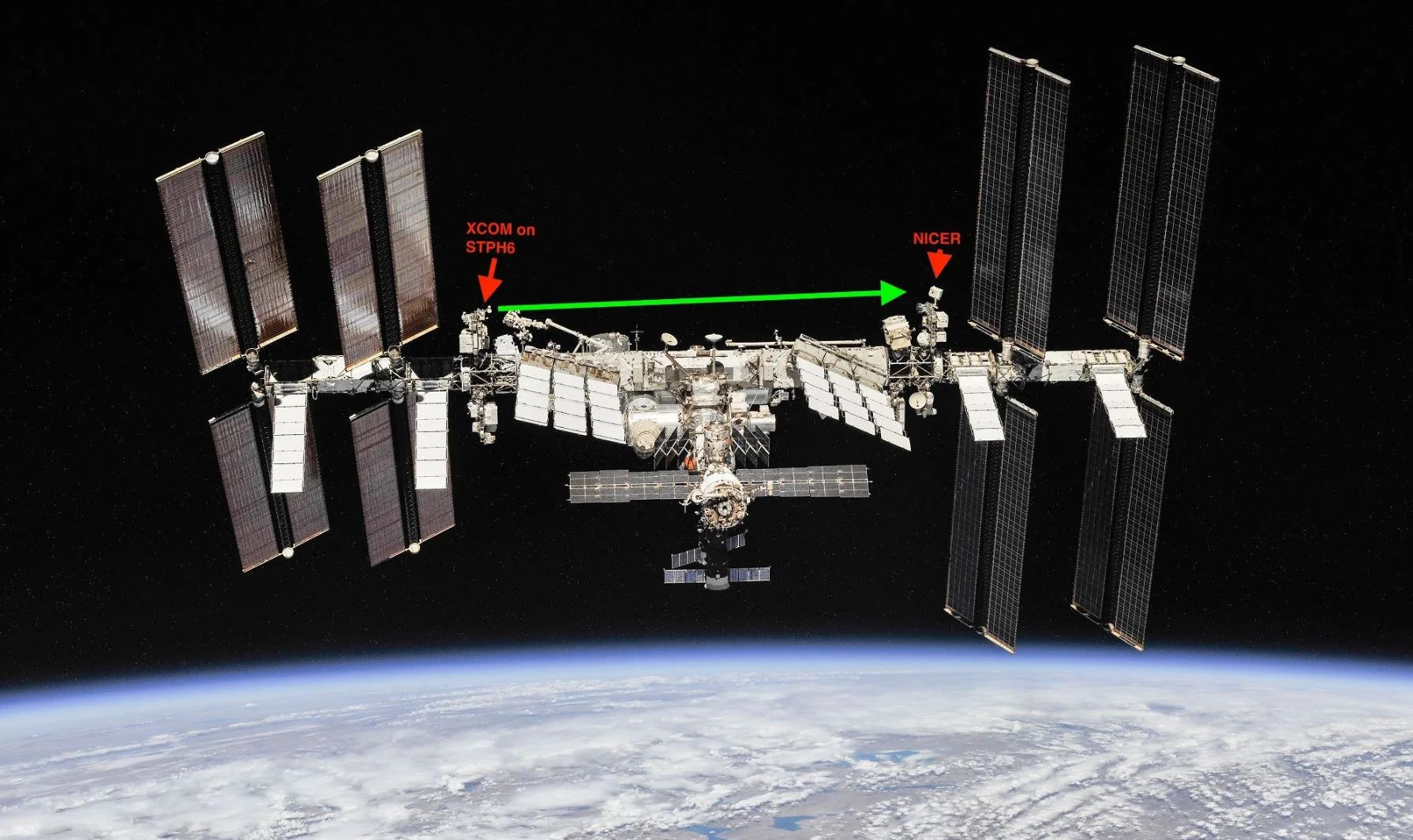If you were transported to the Moon this very instant, you would surely and rapidly die. That’s because there’s no atmosphere, the surface temperature varies from a roasting 130 degrees Celsius (266 F) to a bone-chilling minus 170 C (minus 274 F). If the lack of air or horrific heat or cold don’t kill you then micrometeorite bombardment or solar radiation will. By all accounts, the Moon is not a hospitable place to be.
Hayabusa2 Left a Dark Spot Where it Touched Down on Ryugu. Engineers Aren’t Sure Why
On June 27th, 2018, the Japanese Aerospace Exploration Agency‘s (JAXA) Hayabusa2 spacecraft rendezvoused with the asteroid 162173 Ryugu. Carrying on in the same tradition as its predecessor, Hayabusa2 recently conducted landing operations on the asteroid’s surface as part of the agency’s second sample-return mission from an asteroid.
Mini cheetah is the first four-legged robot to do a back-flip
More Evidence that Planet 9 is Really Out There
The Record for the Most Distant Object in the Solar System has been Shattered. Introducing FarFarOut at 140 Astronomical Units
There are missing objects at the fringe of the solar system – new study puzzles astronomers
Complex Life Might Require a Very Narrow Habitable Zone
Since the Kepler Space Telescope was launched into space, the number of known planets beyond our Solar System (exoplanets) has grown exponentially. At present, 3,917 planets have been confirmed in 2,918 star systems, while 3,368 await confirmation. Of these, about 50 orbit within their star’s circumstellar habitable zone (aka. “Goldilocks Zone”) , the distance at which liquid water can exist on a planets’ surface.
How SpaceX lowered costs and reduced barriers to space
On March 2, SpaceX plans to launch its first test of an unmanned Dragon vehicle which is designed to carry humans into low Earth orbit and to the International Space Station. If the test is successful, later this year, SpaceX plans to launch American astronauts from United States soil for the first time since 2011.
First Evidence of Planet-Wide Groundwater System on Mars!
Neutrinos observed in the clustering of galaxies
Shortly after the big bang, the universe was an energetic mixture of particles with strong mutual interaction. The first particles that managed to free themselves from this dense primordial soup were the neutrinos, the lightest and weakest interacting particles from the standard model of elementary particles. These neutrinos are still all around us today, but are very difficult to observe immediately because their interaction is so weak. An international team of cosmologists, including Daniel Baumann and Benjamin Wallisch from the University of Amsterdam, has now succeeded in measuring the influence that this 'cosmic neutrino background' has had on the way galaxy clusters formed during the evolution of the universe. The research was published in Nature Physics.
Life on Mars: my 15 amazing years with Oppy, NASA’s record-breaking rover
NASA Study Reproduces Origins of Life on Ocean Floor
What’s the weather like on Uranus and Neptune? New images give important clues
The outer region of the solar system may be the least explored, but scientists have managed to unravel several of its mysteries in recent weeks. On New Year’s Day, the NASA spacecraft New Horizons encountered the icy object Ultima Thule for the first time, shedding light on how it formed. Astronomers have also just discovered a previously unknown moon orbiting Neptune, which has been dubbed “Hippocamp”.
Meet WFIRST, The Space Telescope with the Power of 100 Hubbles
WFIRST ain’t your grandma’s space telescope. Despite having the same size mirror as the surprisingly reliable Hubble Space Telescope, clocking in at 2.4 meters across, this puppy will pack a punch with a gigantic 300 megapixel camera, enabling it to snap a single image with an area a hundred times greater than the Hubble.
X-rays Might be a Better Way to Communicate in Space
In the coming years, thousands of satellites, several next-generation space telescopes and even a few space habitats are expected to be launched into orbit. Beyond Earth, multiple missions are planned to be sent to the lunar surface, to Mars, and beyond. As humanity’s presence in space increases, the volume of data that is regularly being back sent to Earth is reaching the limits of what radio communications can handle.
The Oldest and Coldest White Dwarf Ever Found has Bizarre Dust Rings Around it
When stars like our Sun exhaust their hydrogen fuel, they enter what is known as their Red-Giant-Branch (RGB) phase. This is characterized by the star expanding to several times it original size, after which they shed their outer layers and become compact white dwarfs. Over the next few billion years, it is believed that these stars will slowly consume any objects and dust rings still close enough to be influenced by their gravity.
Shout Out to Japan! Their Hayabusa2 Spacecraft has Collected its First Samples from Asteroid Ryugu
Japan’s Hayabusa2 spacecraft has completed an important part of its mission to asteroid Ryugu. The spacecraft descended to the surface of the asteroid to collect two samples with its sampling horn. We don’t know for sure if samples were successfully collected, but all indications are that the sampling mission went well.
Signs that Ancient Rivers Flowed Across the Surface of Mars, Billions of Years Ago
Billions of years ago, Mars was likely a much warmer and wetter place than the cold, dry, barren world we see today. Whether there was life there or not remains an open question. But there’s a massive, growing wall of evidence showing that Mars may have had the necessary conditions for life in the past, including at least one system of river valley networks.
Say Hello to Hippocamp! The New Moon Discovered at Neptune, Which Could Have Broken off from the Larger Moon Proteus
The idea of creating a new universe in the lab is no joke
Physicists aren’t often reprimanded for using risqué humour in their academic writings, but in 1991 that is exactly what happened to the cosmologist Andrei Linde at Stanford University. He had submitted a draft article entitled ‘Hard Art of the Universe Creation’ to the journal Nuclear Physics B. In it, he outlined the possibility of creating a universe in a laboratory: a whole new cosmos that might one day evolve its own stars, planets and intelligent life.














